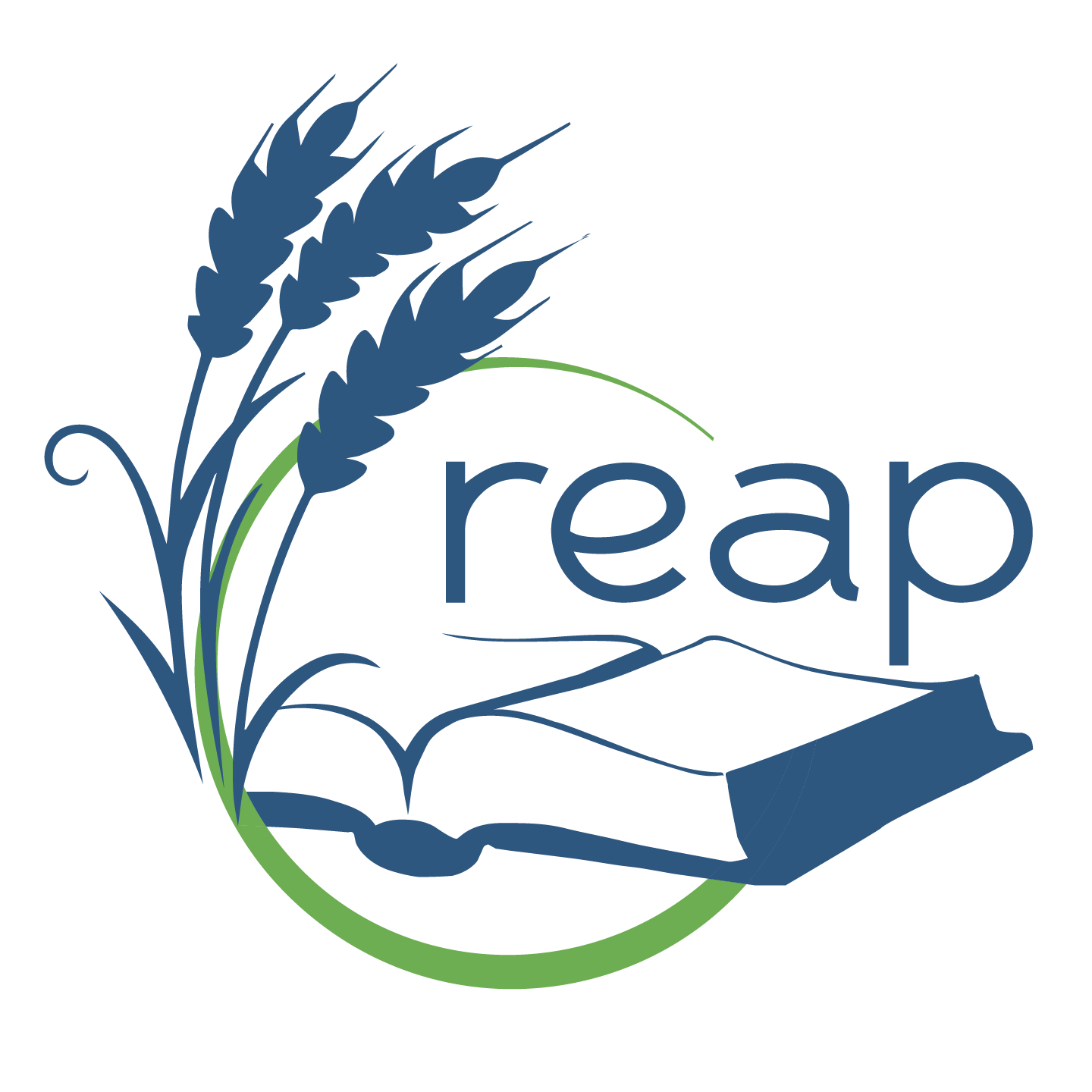 You might be asking yourself what does this question mean for my life and ministry? You might not even think about an individual having leaven. Recently, in my quiet time I found Jesus warning His disciples in Matthew 16:6 with these words.
You might be asking yourself what does this question mean for my life and ministry? You might not even think about an individual having leaven. Recently, in my quiet time I found Jesus warning His disciples in Matthew 16:6 with these words.
Take heed and beware of the leaven of the Pharisees and of the Sadducees.
The disciples were also confused about Jesus’ warning. They thought He was talking about actual bread. In Mark 8:15, Jesus added to this warning by saying,
Take heed, beware of the leaven of the Pharisees and the leaven of Herod.
Again, the disciples thought that Jesus said this because He knew that they had not brought any bread with them. Jesus was aware of their thoughts and explained to them that He wasn’t concerned about them not having any bread. After all, He had just finished feeding 5,000 people with just a few loaves of bread.
Jesus was talking about something much more important than having bread to eat. He made this clear when He explained to His disciples what He meant by the leaven of the Pharisees, Sadducees, and Herod.
Then they understood that He did not tell them to beware of the leaven of bread, but of the doctrine of the Pharisees and Sadducees. Matthew 16:12 (NKJV)
Jesus was warning them of the doctrine or the teaching of these people. Jesus equated teaching to leaven. So, when you read the title of this blog, you should read it this way.
Is Your Teaching Good or Bad?
As I pondered Jesus’ warning, several things related to leaven came to my mind. Today, the most common leavening agent is yeast. Yeast is put into dough and mixed thoroughly. Once it is mixed in dough, you cannot separate it out.
Also, yeast or leaven influences all of the dough. There won’t be one portion of the dough that is not impacted by the yeast. Yeast changes the entire loaf of bread.
Finally, I realized that you do not see the influence of the yeast or leaven right away. If you have ever prepared bread with yeast in it, you know that you set the dough aside and let it “proof”. After a period of time, the “proof” of the yeast is seen because the dough will rise or get larger in volume.
This is what teaching does in a young person’s life. One’s teaching is a leavening action that will always impact the student’s life. First, once a young person is taught, the teaching he/she received cannot be removed. Someone has accurately said, one can never erase the influence of a teacher.
Second, it will influence the entire life of the child or student. You cannot simply teach to influence the mind without influencing the heart, emotions and will of the person. One’s teaching will mix through the entire life of the learner.Finally, the impact of one’s teaching is not seen right away. Sometimes, the end result is not noticeable until months or even years later in the child’s life. However, even when the impact is not noticeable, one’s teaching is “proofing” just like the yeast proofs in the dough. Eventually, the person’s life will rise and reflect the teaching he/she received.
Since Jesus warned His disciples about the teaching of the Pharisees, Sadducees and Herod, it meant that some teaching is dangerous or bad. It also implies that there is also good teaching. What makes the difference between good and bad teaching?
It is the worldview or the belief system that the teacher has developed in his/her own life. One’s worldview is really the leavening agent that is in every educational effort. The Pharisees and Sadducees had developed a religious belief system that was not based on the truth of God’s Word. The leaven of Herod represents a man-centered worldview that denies the existence of God. Therefore, these people’s teachings were to be avoided.
As a new school year is beginning all across the country, God still warns His children to beware of bad leaven or false teaching. Every parent, church leader and educator must make sure that his/her teaching springs from a biblical worldview. When this is consistently true for all the teaching that takes place in the home, church and school and our children and youth have matured and “proofed”, they will think and act from a biblical worldview.
There is an old saying that goes like this. The proof is in the pudding. In the olden days when this statement was first used, pudding referred to a savory meat dish. One of the main ingredients in “pudding” was sausage.
Since people didn’t have the modern methods of refrigeration we have today, there was always the danger of the meat going bad. Therefore, it was important to test it to see if it was good. This is how one “proofed” the dish. A more accurate way of stating this common saying would be the test of the pudding is in eating it.
This expression means that the best way to find out if something is good or bad is to test it yourself. We need to test or proof our teaching ourselves before we instill it in our children and youth. Does our teaching line up with reality and with God’s Word? If not, what needs to change so our teaching does?
I never want God to tell someone to beware of my leaven!

Great job
Thanks Glen,
As we see the violent unrest in so many cities and the unwillingness of some elected officials to protect urban citizen and their businesses I can’t help thinking about what sort of values undergird such destructive, hateful actions – and where those values took root. What sort of teachings did violent rioters receive? It’s so easy to give a quick and easy answer like ‘they’re just responding naturally to racism’. But Dr. King and many other leaders advanced successfully against racism with courage and character but without rage-filled, annihilative acts. False values can penetrate the mind in small way, starting in the classroom – like the yeast in Jesus’ parable. But they expand to infiltrate a person’s worldview, and eventually they can produce horribly destructive actions.
Should we be surprised at the scope of these riots, when generations of North American students have been “sheltered” from the reality of the living God and His directions for living and taken captive by a pernicious set of humanistic values?